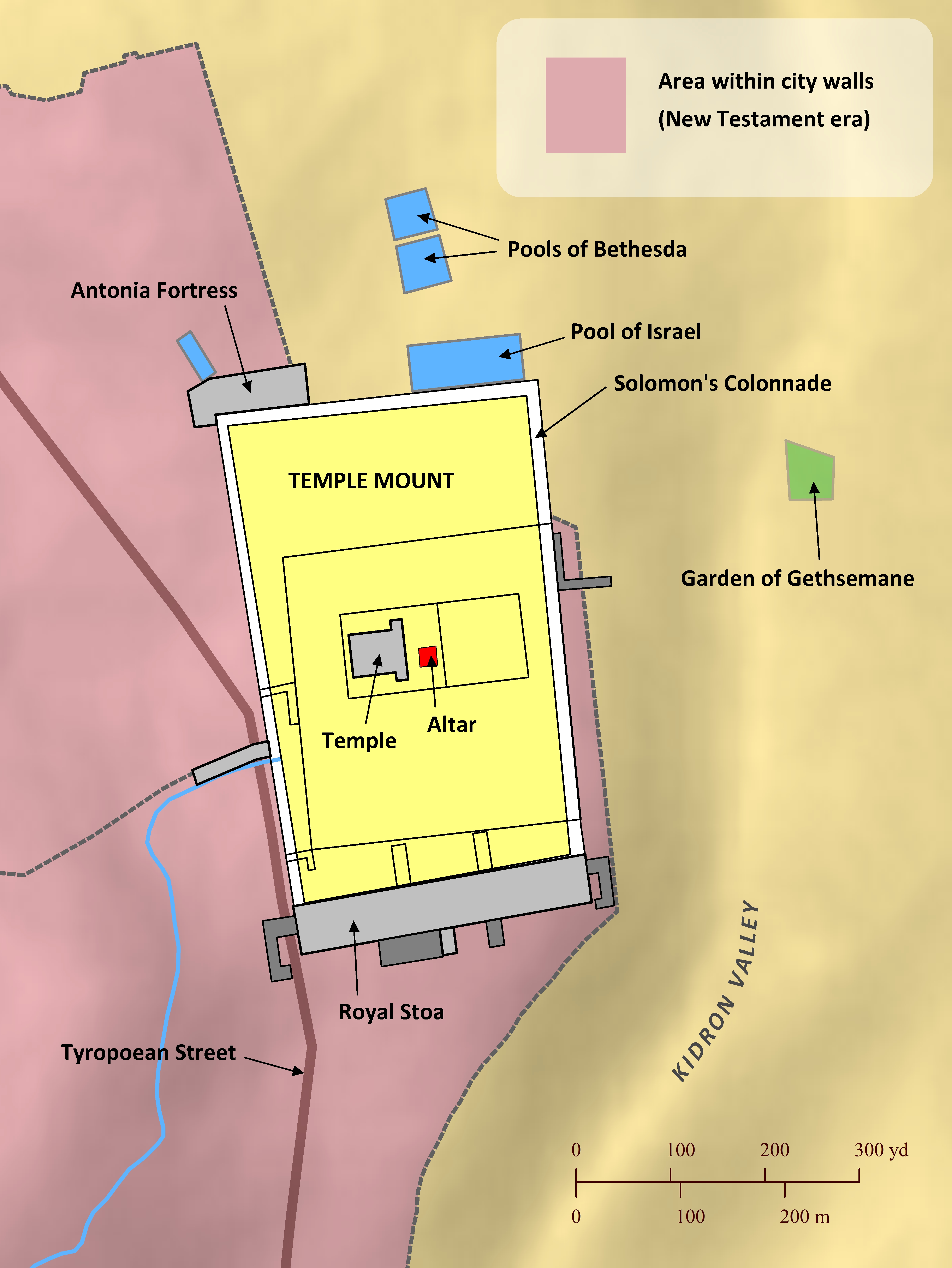Note: This view shows ‘verses’ which are not natural language units and hence sometimes only part of a sentence will be visible—click on any Bible version abbreviation down the left-hand side to see the verse in more of its context. Normally the OET discourages the reading of individual ‘verses’, but this view is only designed as a tool for doing comparisons of different translations—the older translations are further down the page (so you can read up from the bottom to trace the English translation history). The OET segments on this page are still very early looks into the unfinished texts of the Open English Translation of the Bible—please double-check these texts in advance before using in public.
OEB No OEB EZRA book available
WEBBE The whole assembly together was forty-two thousand and three hundred and sixty,
WMBB (Same as above)
NET The entire group numbered 42,360,
LSV All the assembly together [is] forty-two thousand three hundred sixty,
FBV The total of number of people returning was 42,360.
T4T ¶ Altogether 42,360 Israeli people who returned to Judah.
LEB The whole assembly together was forty-two thousand three hundred and sixty,
BBE The number of all the people together was forty-two thousand, three hundred and sixty,
Moff The entire company numbered forty-two thousand three hundred and sixty,
JPS The whole congregation together was forty and two thousand three hundred and threescore,
ASV The whole assembly together was forty and two thousand three hundred and threescore,
DRA All the multitudes as one man, were forty-two thousand three hundred and sixty:
YLT All the assembly together [is] four myriad two thousand three hundred sixty,
Drby The whole congregation together was forty-two thousand three hundred and sixty,
RV The whole congregation together was forty and two thousand three hundred and threescore,
SLT All the convocation as one, four myriads two thousand three hundred and sixty,
Wbstr The whole congregation together was forty and two thousand three hundred and sixty,
KJB-1769 ¶ The whole congregation together was forty and two thousand three hundred and threescore,
KJB-1611 ¶ The whole Congregation together, was fourtie and two thousand, three hundred and threescore:
(Modernised spelling is same as from KJB-1769 above, apart from marking of added words (and possibly capitalisation and punctuation))
Bshps The whole congregation together, was fouretie & two thousand, three hundred and threescore:
(Modernised spelling is same as from KJB-1769 above, apart from marking of added words (and possibly capitalisation and punctuation))
Gnva The whole Congregation together was two and fourtie thousande, three hundreth and threescore,
(The whole Congregation together was two and forty thousand, three hundredth and threescore, )
Cvdl The whole congregacion as one man, was two and fortye thousande, thre hundreth and thre score:
(The whole congregation as one man, was two and forty thousand, three hundredth and three score:)
Wycl Al the multitude as o man, two and fourti thousynde thre hundrid and sixti,
(All the multitude as o man, two and forty thousand three hundred and sixty,)
Luth Der ganzen Gemeine, wie ein Mann, war zweiundvierzigtausend dreihundert und sechzig,
(The entire common, as/like a man, what/which twoundforty_thousand three-hundred and sixty,)
ClVg Omnis multitudo quasi unus, quadraginta duo millia trecenti sexaginta:
(Everyone multitude/crowd as_if one, forty two thousands trecenti sixty: )
RP-GNT No RP-GNT EZRA book available
